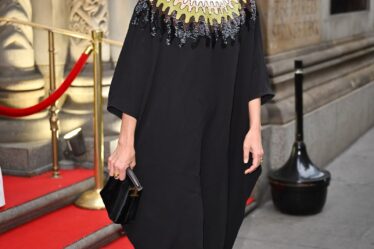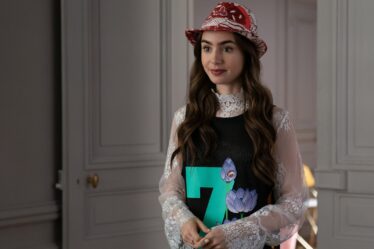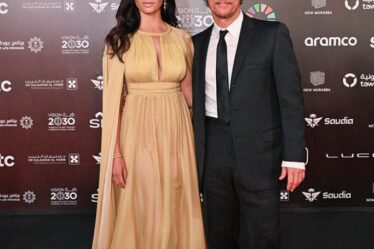
Mary-Kate and Ashley Olsen’s luxury brand The Row has received financial backing from the families behind Chanel and L’Oréal, The Business of Fashion can report, confirming a Thursday story by Bloomberg.
Investment funds controlled by the families of Chanel’s Wertheimer brothers and L’Oréal’s Françoise Bettencourt Meyers have taken a minority stake in the brand at around a $1 billion valuation. Net-a-Porter founder Natalie Massenet also joined the investment via her Imaginary Ventures fund, as did Moda Operandi co-founder Lauren Santo Domingo.
BoF breaks down the deal for the famously expensive and secretive brand.
What sets The Row apart?
Since being founded by former child stars Mary-Kate and Ashley Olsen in 2006, The Row has overturned expectations for a celebrity-owned brand with its exclusive positioning and rigorous approach to design (Hermès womenswear creative director Nadège Vanhee-Cybulski and Quira founder Veronica Leoni have both previously worked on its collections).
With ultra-high price points, luxe fabrication and a logo-free aesthetic, The Row has steadily emerged as America’s answer to Loro Piana — selling, for example, cashmere coats handmade in Italy, for $6250. Garments are designed with a contemporary edge that takes cues from Phoebe Philo-era Celine and Martin Margiela-era Hermès.
Since founding The Row, the Olsens have distanced their celebrity status from the brand’s identity. “It was a genius move,” Jess Graves, editor of the shopping newsletter The Love List said. “It clarified The Row as a serious fashion brand.”
To date, neither of the sisters is on social media, and The Row’s Instagram account posts mainly photos of art. The label recently reinforced its controlled image and air of mystery at its autumn-winter 2024 presentation, where it asked guests to refrain from using their phones to record photos or videos.
In the age of social media overload, such restraint has only fuelled the brand’s elusive buzz.
Who invested in The Row?
Chanel’s Wertheimer family, via their investment vehicle Mousse Partners and L’Oréal’s Françoise Bettencourt Meyers via the family’s Téthys fund, have invested in the brand at a valuation around $1 billion.
In terms of solidifying The Row’s image as a true luxury player, the investors could not have been more on brand.
“The Wertheimers and the Bettencourt Meyers are intimately familiar with the luxury industry, so this is an incredible vote of confidence,” New York-based luxury consultant Robert Burke said.
Imaginary Ventures, whose founding partner Natalie Massenet launched Net-a-Porter, also joined the investment.
Moda Operandi co-founder Lauren Santo Domingo invested as well, via her private investment fund St. Dominique Capital.
What made The Row an attractive investment?
Interest in The Row and its designs continues to climb nearly two decades after its founding, confirming the concept’s long-term potential.
“The Row is positioned as an extremely attractive opportunity for a long-term player” like the Wertheimers and Bettencourt Meyers families, Burke said.
A cashmere dress from The Row retails for $8900, sweaters are priced between $1420 to $3590.
By targeting ultra-high-net-worth individuals, The Row is well positioned to navigate the general malaise affecting the luxury segment. Top-end players with strong ready-to-wear offers like Zegna and Bruno Cucinelli have continued to grow this year amid a broader slowdown for the segment, while harder-hit players like Kering emphasised difficulties selling to less wealthy “aspirational” clients.
“If you’re collecting $3000 sweaters, fluctuations in the economy probably aren’t going to affect your discretionary income very much,” said Graves.
On The Row’s website, there is no option to organise items by price.
The Row saw increased brand momentum in recent seasons due to the “quiet luxury” discourse on social media, which expressed customers’ boredom with logo-driven merchandising.
How big is The Row’s business?
The Row does not communicate on its business, and did not respond to a request for comment.
Last year, Kering acquired 30 percent of Valentino at a valuation of roughly 16 times EBITDA and four times revenue.
A deal in line with those multiples would suggest The Row has revenues of at least $250 million and operating profit north of $60 million. That’s in line with a Financial Times report that estimated the brand’s sales between $250 and $300 million. Analyst Luca Solca estimated the brand’s business within a similar range.
But the luxury market has deteriorated over the past year, suggesting lower multiples (and potentially a bigger business) for The Row. The Row also has a significant exposure to wholesale, meaning the brand’s size in the market could be much higher than estimates for its revenue once stockists’ markups are taken into account.
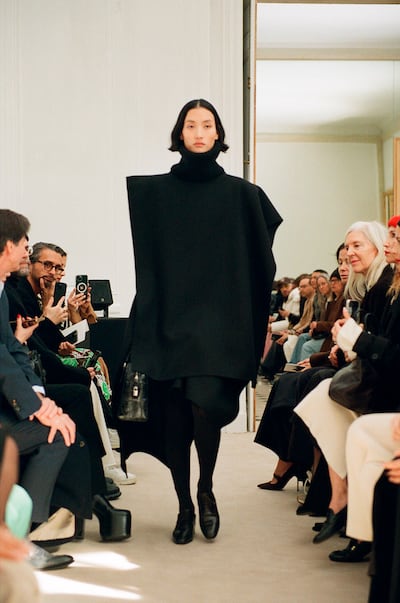
What is the growth opportunity?
The Row has built its business almost entirely through women’s fashion — menswear remains a limited offer — and is sold through select wholesalers and just a handful of stores.
The brand has four retail locations: New York, Los Angeles, the Hamptons and London, with a Paris location announced last month.
Pushing further into retail could fuel higher sales and profit, as the brand gains visibility in key shopping districts and reclaims its markup from wholesalers.
“The brand has limited distribution right now,” said Burke. “There will probably be some strategic store openings; they know they can show the product in its spirit better than anyone … It has great appeal in Asia, even more appeal in Europe.”
Starting from a top-end positioning, the brand could expand into new categories: growing its menswear business or launching homeware, perfume and beauty.
“Whatever their growth plan, I don’t see it being a juggernaut,” said Graves, “Slow and steady suits them.”
Why was The Row seeking capital?
Projects like branching out into menswear, or the recent store expansions to Paris and Amagansett (in the Hamptons) are capital intensive. “Fashion is an expensive business, even when you’re growing and successful,” said Burke.
The Row likely plans to use the investment to further fuel the brand’s momentum.
The Row has also sought investors at a time when demand for high-end, logo-free fashion is still flying high after a post-pandemic surge, making it a savvy time for an exit. (The company did not respond to a request for comment on whether the deal was for new shares, the shares of existing investors, or both. The Olsens retain a large majority interest, a source familiar with the matter said.)
Alongside the financial stake, savvy investors like the Wertheimers, Bettencourt Meyers, Massenet and Santo Domingo can guide The Row as it works to grow its business while staying a luxurious course.
What are the risks for The Row?
Key to the brand’s long-term success will be juggling its exclusive allure with the right pace of growth for items like its signature Margeaux bag, a $7000 style that has been compared to Hermes’ Birkin.
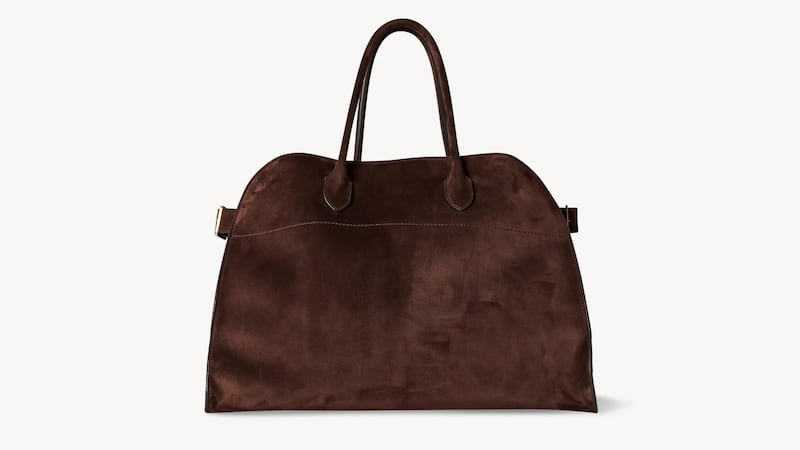
“Mainstream influencers wearing the Margeaux bag will ultimately hurt its allure.”
(The Row)
“I think the adoption of mainstream influencers wearing the [Margeaux] will ultimately hurt its allure. They likely need to pull back on wholesale availability,” Graves said.
Maintaining an exceptional quality standard is also essential to the brand’s positioning — and to avoid repeating a recent flop.
Last summer’s $900 viral jelly shoes, “broke on nearly everyone who bought them,” said Graves. The brand ultimately stopped production.

